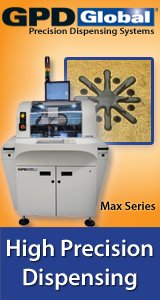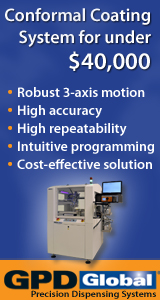Printed Circuit Board Assembly & PCB Design Forum
SMT electronics assembly manufacturing forum.
- SMTnet
- »
- Electronics Forum
- »
- SiPlace Nozzle Change Issues
SiPlace Nozzle Change Issues
Views: 4780
![]() Okay, I'm tired of beating my head against the wall. The wal...
- Aug 28, 2012
by
A Very Frazzled Man
Okay, I'm tired of beating my head against the wall. The wal...
- Aug 28, 2012
by
A Very Frazzled Man
![]()
![]() This is a pretty common problem believe it or not. First thi...
- Aug 29, 2012
by
tommyttr
This is a pretty common problem believe it or not. First thi...
- Aug 29, 2012
by
tommyttr
![]()
![]()
![]() I have been down this road several times in the past and hav...
- Aug 29, 2012
by
knightmck
I have been down this road several times in the past and hav...
- Aug 29, 2012
by
knightmck
![]()
![]()
![]() I remember to have the same issue with a S20 + F4 line, afte...
- Sep 05, 2012
by
Jorge_Quijano
I remember to have the same issue with a S20 + F4 line, afte...
- Sep 05, 2012
by
Jorge_Quijano
![]()
![]()
![]() is not as simple as stating manufacturing efficiency is what...
- Sep 05, 2012
by
belinda1
is not as simple as stating manufacturing efficiency is what...
- Sep 05, 2012
by
belinda1
![]()
- SMTnet
- »
- Electronics Forum
- »
- SiPlace Nozzle Change Issues







